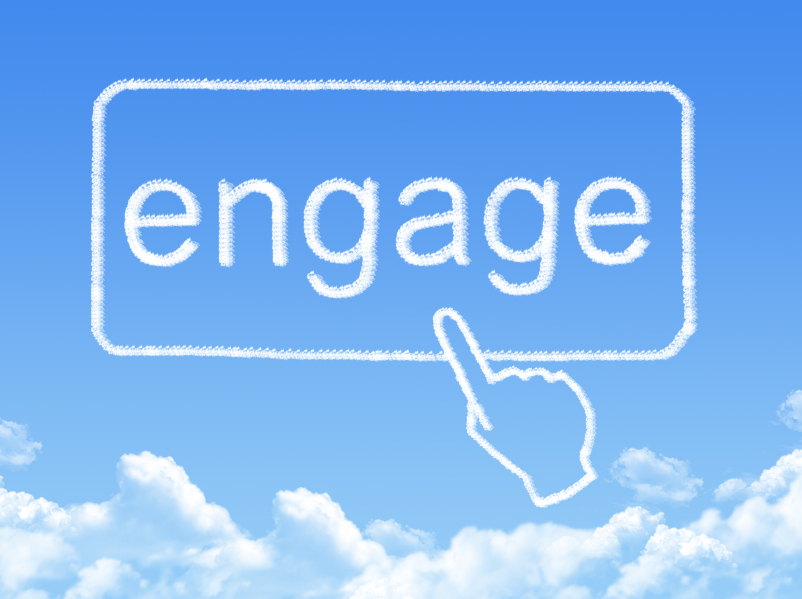Success in business requires a competitive edge—it takes that special something that makes a company and its products or services stand out in a rapidly changing marketplace. A high-performing, engaged workforce can give you that edge. Engaged employees are innovative, enthusiastic, and passionate about their job and where they work. That combination is the key to maximizing results and increasing your bottom line.
 |
By Gwen Sparks
The more connected employees are to the goal and mission of their employer, the more likely they will see themselves growing and staying with their employer; consequently, they will give their best efforts. High levels of employee engagement directly and positively relate to important business outcomes, including customer satisfaction, employee productivity, company profit, and lack of employee turnover.
But according to a March 2016 poll in Gallup Business Journal, only 34% of employees are actually engaged in their company’s mission and vision. While that’s the highest level since Gallup began tracking daily U.S. workplace engagement in 2011, it leaves a lot of room for improvement. Even more concerning is this: 16.5% percent of workers are “actively disengaged,” meaning they are unmotivated and unwilling to perform, which can create an internal culture where colleagues feel undermined and projects get sabotaged. That affects a company’s bottom line, ultimately harming its brand. According to Gallop, disengaged employees cost the United States between $450 billion to $550 billion in lost productivity each year.
Engaged employees have a connection to their organization’s values, goals, mission, and vision. They are enthusiastic about what they do and their company. These employees are your internal and external ambassadors and ultimately become your “transformational change agents.”
Internally, they help shape a culture of engagement where employees understand the company vision and are committed to its mission because they feel valued. These connections contribute to performance excellence, accountability, and a sense of pride that is evident in everything they do. It also creates an environment of integrity and respect, further strengthening the link between the employee and the company’s leadership.
Engaged employees are also the face of the company externally. They enhance the company’s brand by exhibiting positive traits when interacting with customers, stakeholders, politicians, educators, and the general public.
So how do you motivate your workforce to become more engaged? It’s a question that leaders wrestle with on a regular basis. While there is no one-size-fits-all answer, there are a few steps you can take to enhance what you’re already doing and to inspire your employees to reach new heights.
Leadership starts at the top:
- You must set the example by embodying the company’s vision and mission and by holding yourself, as well as others, accountable.
- Emphasize the importance of integrity.
- Build trust by developing strong, sincere, professional relationships with your team.
- Communicate, communicate, communicate. Make sure you do this often and succinctly so your employees clearly understand what is expected.
- Listen to what your employees are telling you.
- Encourage an open, honest, two-way dialogue.
- Check in with your employees regularly.
- Consistently provide constructive feedback.
- Find ways to include employees in the decision-making process when appropriate.
- Empower employees by demonstrating that you trust their judgment and that you are confident that they will make good, informed decisions.
- Help employees understand and successfully navigate an ever-evolving workplace.
In tomorrow’s Advisor, more about engaging employees.
